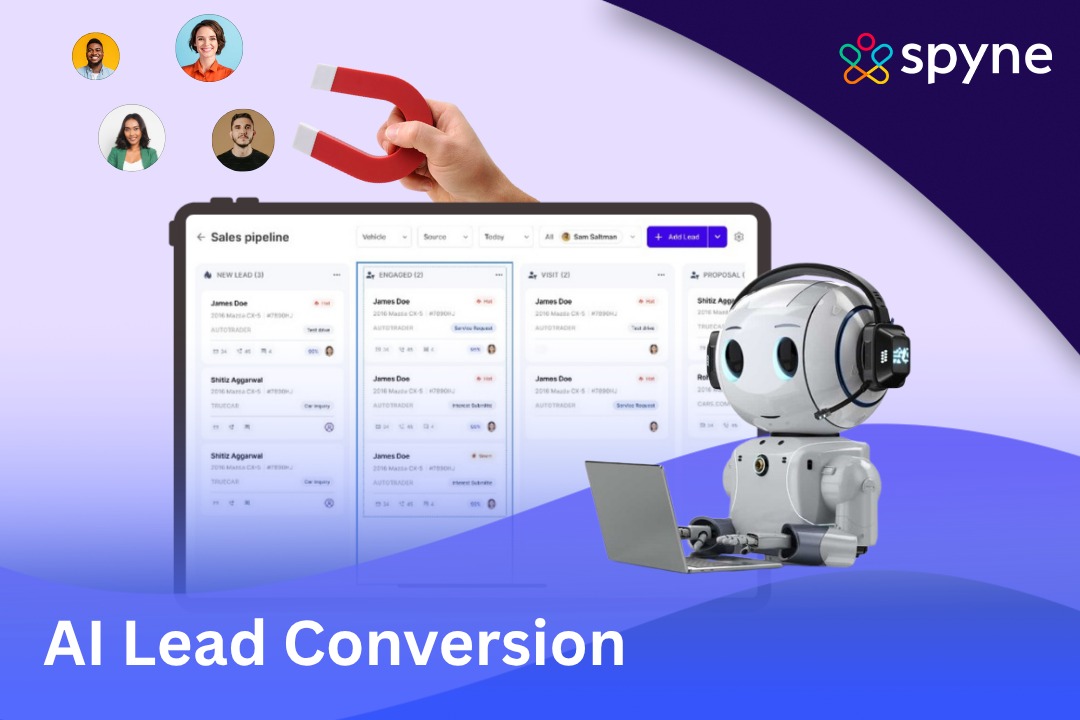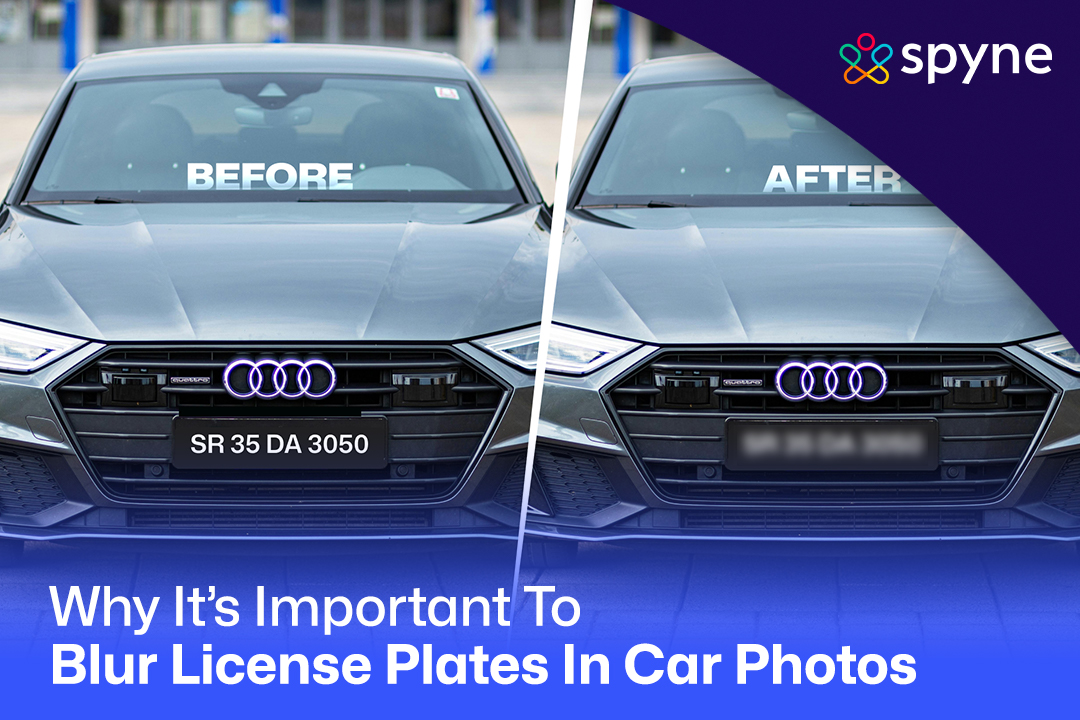Experience Vini AI in Action Today !
Car Videography
The Art of Automotive Filming Made Easy With Car Videography
Master car videography to create high-quality, professional videos that enhance your automotive marketing and boost brand impact with expert techniques.
%2Fhttps%3A%2F%2Fspyne-static.s3.amazonaws.com%2FmerchandisingLandingPages%2FCar%2BVideography%2BFI.jpg&w=3840&q=90)
Trusted by teams at over 1,000 of the world's leading organizations.
%2Fhttps%3A%2F%2Fspyne-static.s3.amazonaws.com%2FmerchandisingLandingPages%2FMesmerising%2BAutomotive%2BVisuals.jpg&w=3840&q=90)
Choose from 100+ templates
Mesmerising Automotive Visuals That Evoke Emotion and Create Impact
Cinematic videography accompanied by the right amalgamation of dynamic action, packed sequences, and serene static shots can hit the perfect emotional chord. Enchant your customers with stunning visuals that close the deal with Spyne.
%2Fhttps%3A%2F%2Fspyne-static.s3.amazonaws.com%2FmerchandisingLandingPages%2FShowcasing%2BEvery%2BDetail.jpg&w=3840&q=90)
Showcase the Essence of Your Car by Showcasing Every Detail
This requires highlighting the unique aspects of the car, like the dynamic sound of revving the engine, the interiors that make it look premium or the angle that captures its features perfectly.

Interior Videography
Car interior videos show the car's interiors from the driver’s or the passenger’s perspective using Point-of-view (POV) shots and dash cam footage.

Walkaround Videography
It combines static and moving shots with close-ups of key features, often accompanied by a voiceover or presenter explaining details.
%2Fhttps%3A%2F%2Fspyne-static.s3.amazonaws.com%2FmerchandisingLandingPages%2FCustomers%2BTake%2Ba%2BVirtual%2BDrive.jpg&w=3840&q=90)
Let your Customers Take a Virtual Drive and Make them Want to Own it.
Whether cruising through scenic landscapes or navigating city streets, these shots connect your vehicle with the emotions and moments that matter most to your audience. This lifestyle integration drives results like these:
0%
Hike in Click through rates
0%
More Conversions
Benefits of Car Videography
Advantages of Professional Car Videography for Your Dealership
Once you discover the perks, car videography becomes indispensable! Elevate your visuals with Spyne’s tools for videos that resonate.

Virtual Accessibility
The pandemic showed the relevance of online visibility. Scale up your digital presence by letting people take a virtual tour through videos.

Aids Research
Car Sales videos give a detailed overview of the vehicle and demonstrate the noteworthy features..

Improves Visual Appeal
The movement, lighting, and angles create an immersive experience that static images simply can't match.

Clear. Concise. Spot on!
Car videos are very informative, providing precise information in a short span of time giving a good impression of the dealership.

Improved Conversion Rates
Videos help buyers visualise themselves using the product, making them purchase faster.

Versatility Across Platforms
Car videos are highly adaptable, working seamlessly across various platforms, from social media to websites.
The Art of Automotive Filming Made Easy With Car Videography!
Whether you’re a car enthusiast, a car dealership, or a professional auto videographer, this blog will help you learn about Car videography. Explore how to capture the best Car videos, the required camera settings, and how Spyne car merchandising can help you improve your video results. Get ready to take your Car visuals to the next level! Discover how to plan a shoot with all camera movements for shooting still and moving cars. We have also mentioned dozens of insights to make your videos cool and with the best editing tricks and tips.
Automotive Video Tours
Data Tells the Story, but Visuals Bring it to Life
Let Spyne take care of your car videos while you look at our statistics.
01
100k+ Users
Don’t miss out on the world’s latest AI-powered videography tools. Join them now!
02
200k+ Edits
Create videos that not only give information but also create a dynamic impact.
03
80k+ Happy Customers
Happy customers whose ratings make our product the best in the automotive industry.
Role of Techniques
Car Videography is an Art that can be Mastered with the Right Techniques
The right camera angles, lenses, and techniques can make your shots look professional and visually appealing. This directly boosts the click-through and conversion rates.
Join Our Growing Community of Satisfied Customers
"Choosing Spyne to improve our car videography was the best decision we made. The resultant videos not only look very professional but also drive sales. We are getting more clicks over our video ads and, hence, a whopping business."
%2B(1).png&w=128&q=75)
Amelia
Autopix
"Spyne’s video tours have made car videography very easy for us. With AI doing most of the job, there’s negligible need for human intervention in editing or post-production. I have felt the impact of their powerful videos that draw attention to every fine detail of my car."
%2B(1).png&w=128&q=75)
William
Carnab
Got questions? We've got answers.
Find answers to common questions about Spyne and its capabilities.
Explore AI-Powered Car Image and Video Editing Options
Bid Adieu to Traditional Car Videography and use Spyne’s AI tools now!
The secret to successful dealerships is just a click away.
/d20uiuzezo3er4.cloudfront.net/AI-tools/ai-tool-home/HeaderNew/Spyne+Logo+black.png)
 Image Studio
Image Studio Car Tour
Car Tour Video Tour
Video Tour Vini AI
Vini AI.png)
.png)
.png)
.png)
.png)
.png)










